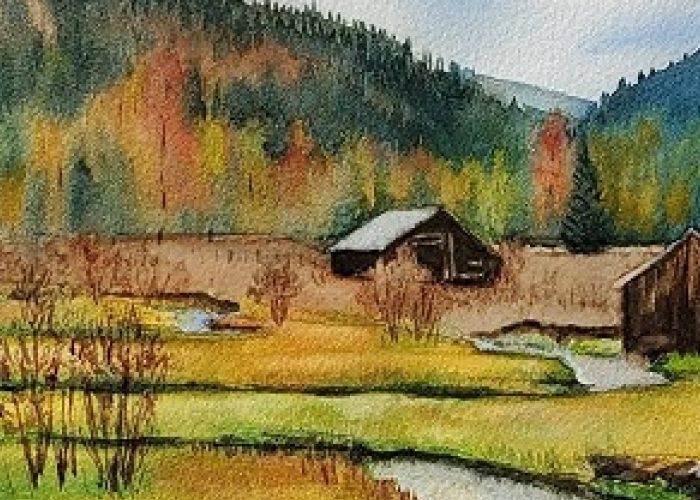
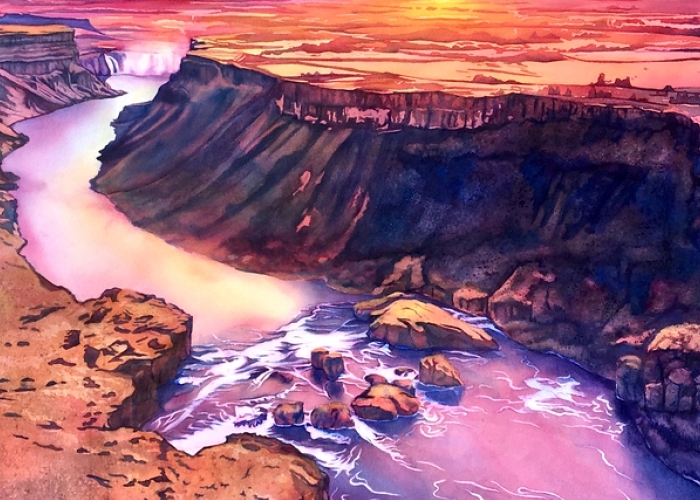
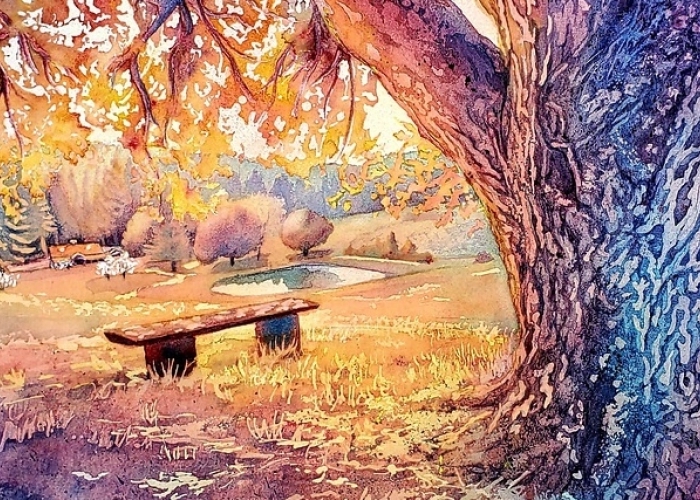
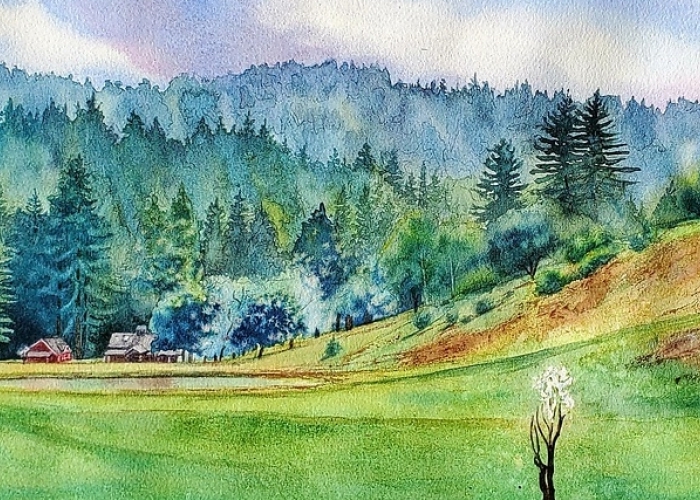
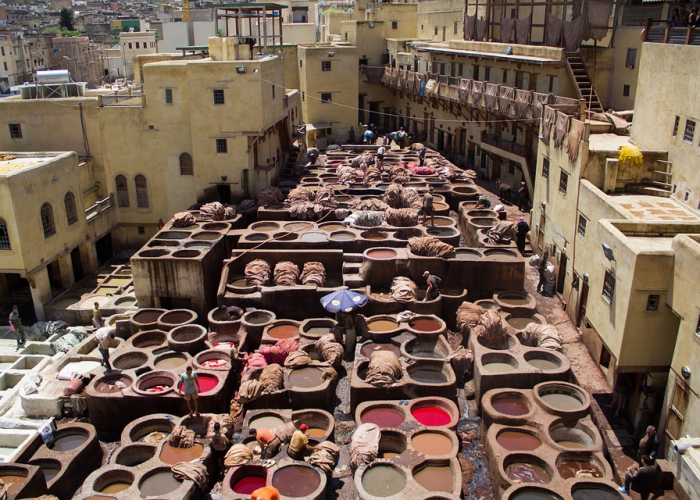
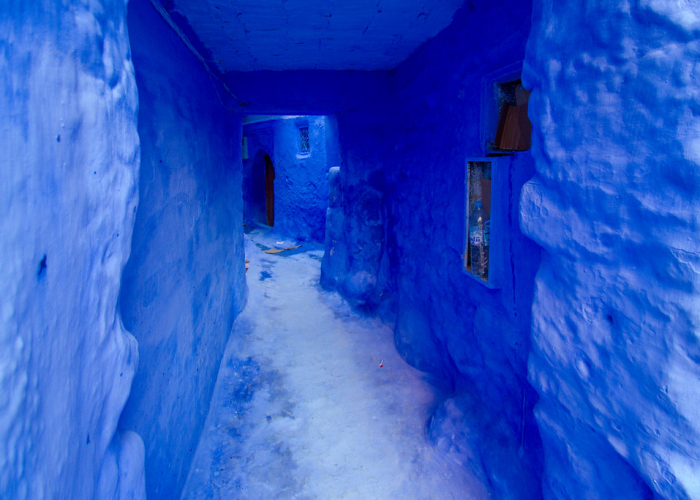
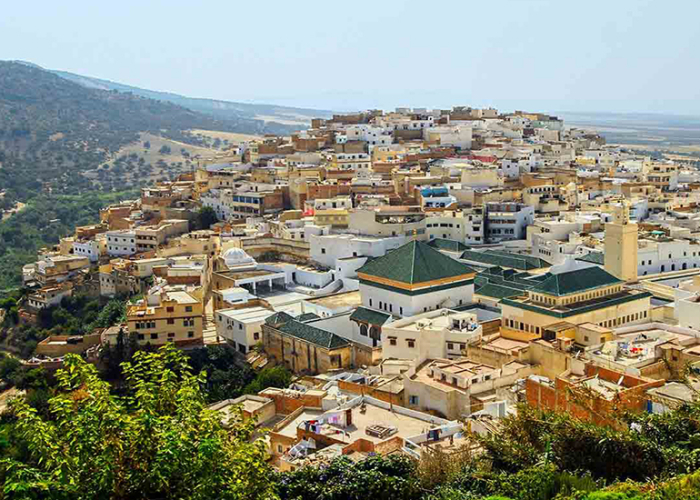
Upon arrival in Casablanca, the economic capital of Morocco, you will be met and transferred by van to your Casablanca hotel, where you will check-in and relax for the afternoon.
The group will have a welcome meeting and orientation before heading out to dinner at a local restaurant.
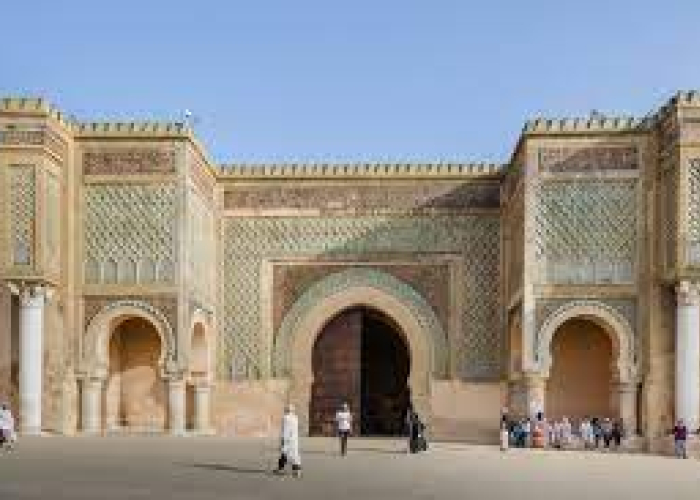
After breakfast we will head toward to Rabat, which is the administrative capital of Morocco. Our morning will consist of a visit to the Mohamed V Mausoleum, and the Hassan Tower Mosque. lunch in the caoital, after we will take the road to meknes where we will spend the night.
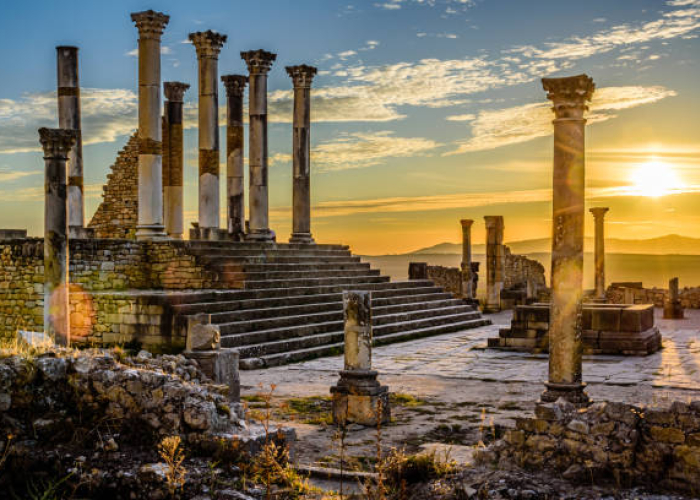
After the breakfast: the guide will takes us to tvisit of the Ismailian capital of Morocco home of Morocco’s widest rampart; the famous Bab el Mansour gate. We’ll also visit The Royal Stables and The Jewish quarter. From there, we’ll carry on to fes to the typical sites that we will sketch and paint XMRover in fes.
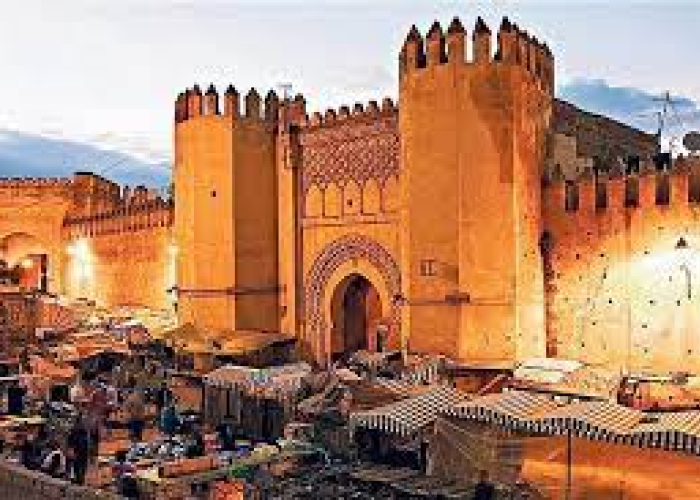
In the morning : After breakfast, discover Medersa (old Coranic school) sketch and detailed painting of the fabulous decorations in "Zellij" and "moucharabieh" the Fontaine Nejjarine, quickly sketch and/or paint before having lunch or light meal. Visit the tanneries of Fès : relax and paint with the colors of this incredible site, in the alleys around the tanneries.
review work, share impressions, finish some sketches if necessary, dinner, relaxation!
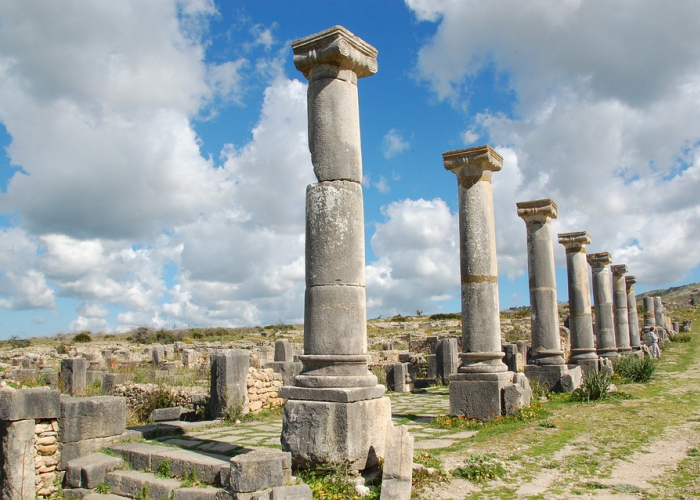
In the afternoon: departure toward Chefchaouen (3 Hours and half drive) Arrival at our Riad, a particularly well placed one, in the Medina, so we will be able to visit the city by foot during our four days in the blue city. Free time to relax and then dinner. Our first visit of the city will be at night in order to experience the incredible colors!!!
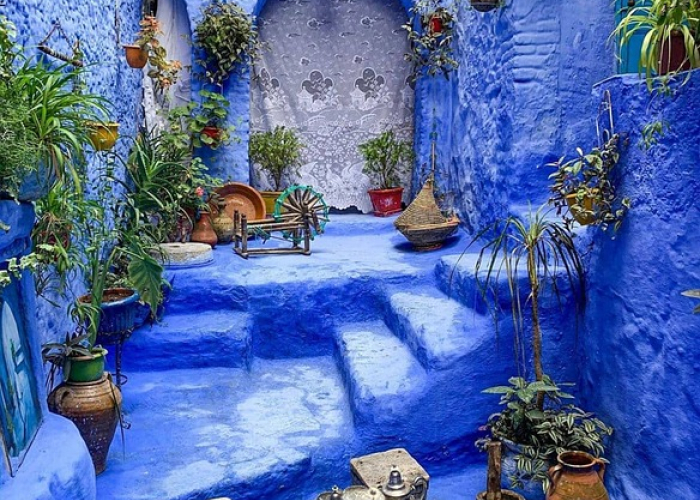
Breakfast before the first visit of the colorful streets of the city: set up and paint in the streets. Picnic lunch or light meal with the famous pastillas! Afternoon: Another location to sketch and paint will be discovered. As well as paint the pretty colorful fountains: Diner in town and soiree in the riad , discussion about our paintings ...
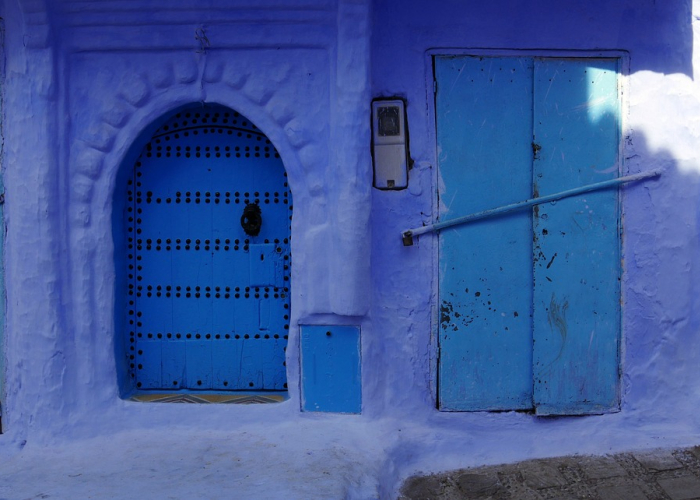
In the north of Morocco, on the coasts of Tangier where the Mediterranean and Atlantic waters converge, you’ll discover a unique city bearing a multicultural heritage.
Stroll the streets of « the White »Tangier, they are lined with lime-coated houses. Just like Delacroix or Matisse did their upon arrival, let yourself be carried away by the dreamy atmosphere that covers the city. At the foot of the high walls of the "Kasbah", roam through the alleys of the great "Socco", and admire the fortress that dominates the medina. A little far away, explore the "Sultan's Palace" which is nowaydays dedicated to the arts of Morocco. Tangier is alsos renowned for the Spanish influence on its culture, starting with the arena that stands on the "Plaza de Torros", not to mention the "Cervantes" theatre built in 1913.
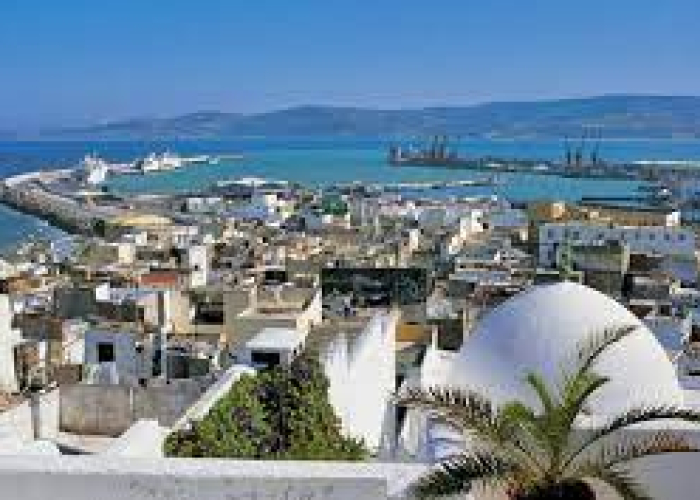
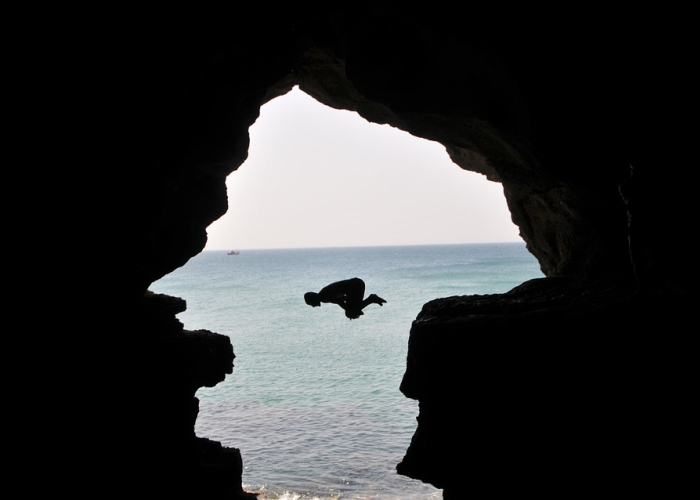
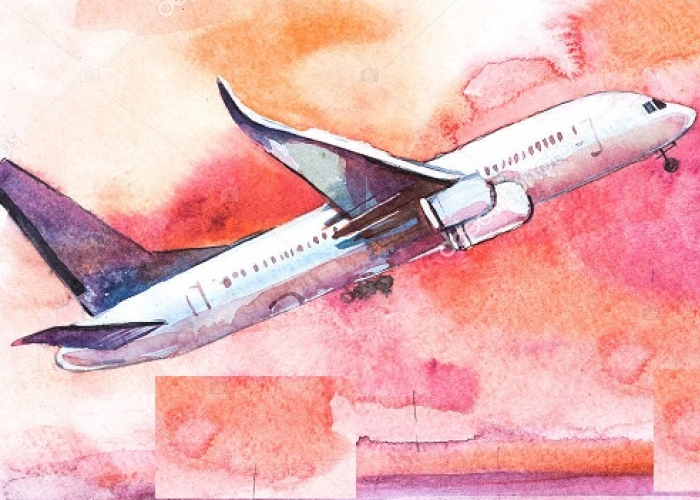
It is hard to say goodbye. but, this is the farewell day...Transfer to Casablanca Mohamed 5 International Airport.
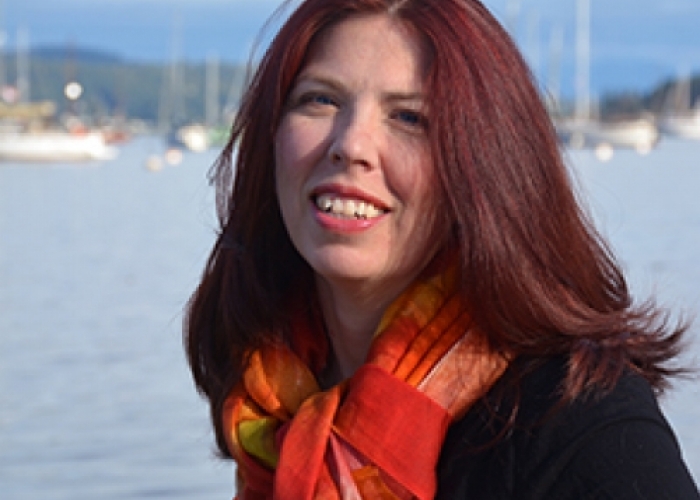
The Joy of Plein Air Watercolor Painting and Sketching in Southern Morocco
Take a journey into a land of possibilities as you spend your days capturing the magic of Morocco in paint. Leslie Lambert will guide you on how to simplify and become comfortable with capturing scenes en plein air that fill a visual journal or can be used for larger pieces of work. We will observe and explore the land and people while sketching, painting, and photographing. You will become skilled in observation and quickly capturing the beauty that surrounds us on this journey.
Once home, Leslie will show through a zoom workshop, how to combine your sketches and photographs into a more complete and finished painting.
Leslie Lambert, also known as Leslie Redhead, is an artist, teacher, illustrator, and author known for her dramatic watercolors. Her art focuses on the combination of spontaneity and detail that watercolor has to offer. She continues to explore the possibilities and pushes the medium beyond its limitations to achieve luminous and incredible results.
Leslie’s paintings are in private and corporate collections worldwide. Leslie is a Professor at University of Victoria, British Columbia. She has a Master of Education in Art Education and holds signatures with Northwest Watercolor Society (NWWS) and the Canadian Society of Painters in Watercolour (CSPWC), Leslie conducts workshops in Canada, the U.S., and Spain. She currently resides near Spokane, WA, USA
Her work is featured in Splash 10: Passionate Brushstrokes from the Splash: Best of Watercolor series, Leslie Redhead: the life of an artist, and Making It! Case Studies of Successful Canadian Artists. She is the author of Watercolor 365 and the illustrator the children’s book, Island in the Salish Sea.
Website: https://watercolor365.com/
Portfolio: http://www.leslielambertart.com/
Instagram: https://www.instagram.com/leslielambertfineart/
Facebook: https://www.facebook.com/leslielambertfineart/
Paper: 6-8 quarter sheets (11 x 15”) 100% cotton 140 lb cold press watercolor paper
Watercolor Sketchbook: (around 8.5x11”)
Brushes: #6 and #12 round watercolor brushes, 2-3 brushes that hold water (waterbrushes)
Palette: small travel palette
Paint: (5ml or 14 ml size tubes)
Cobalt Blue
French Ultramarine Blue
Winsor Blue (green shade) or Thalo Blue
Quinacridone Rose
Quinacridone Burnt Orange or Burnt Sienna
Winsor Yellow
Raw Sienna
Any color that you absolutely love
Other:
Mechanical pencil(s)
Kneaded eraser(s)
Masking tape
Washcloths (2-3)
Small misting spray bottle
Small saltshaker with salt (put tape on top and into a Ziploc bag so avoid spills)
Lightweight board to tape paper to (foamcore works – I bring 2 pieces with the paper protected in between)
Camera (phone works if you prefer)
Collapsible water container
Water bottle (to carry paint water)
Micron ink pens (2-3 sizes)
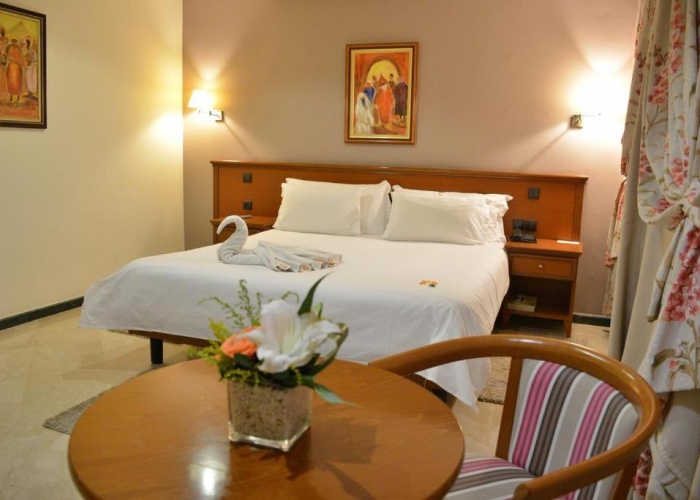
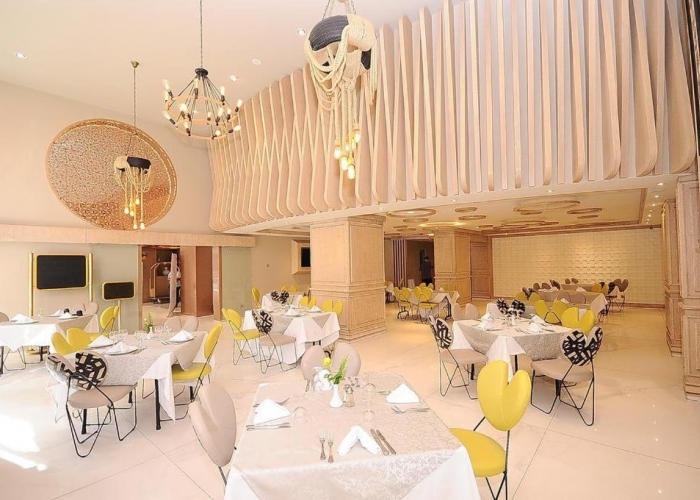
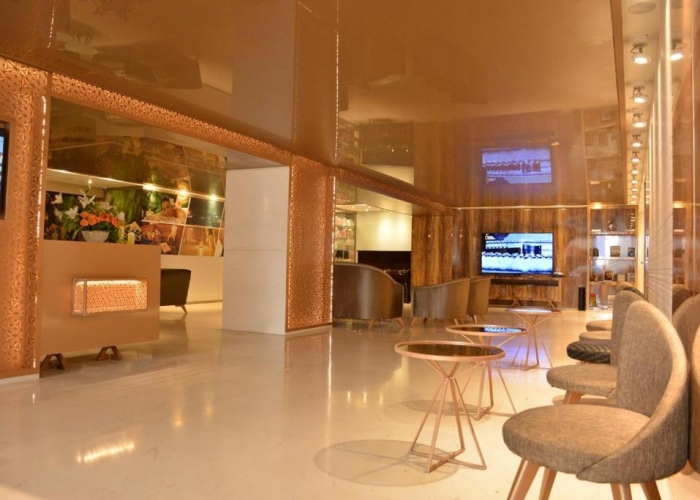
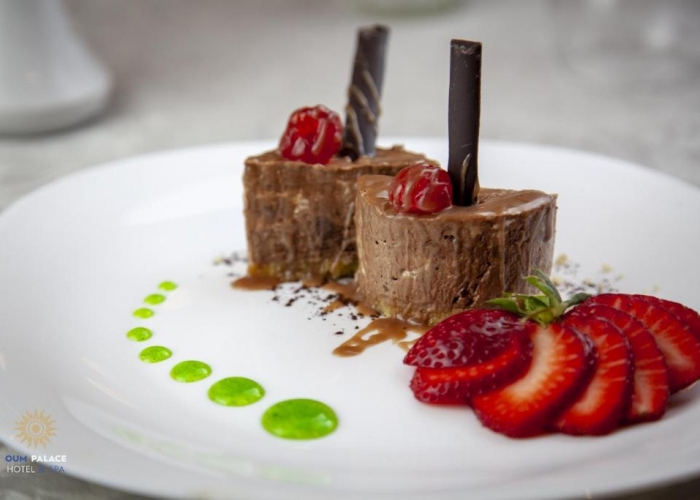
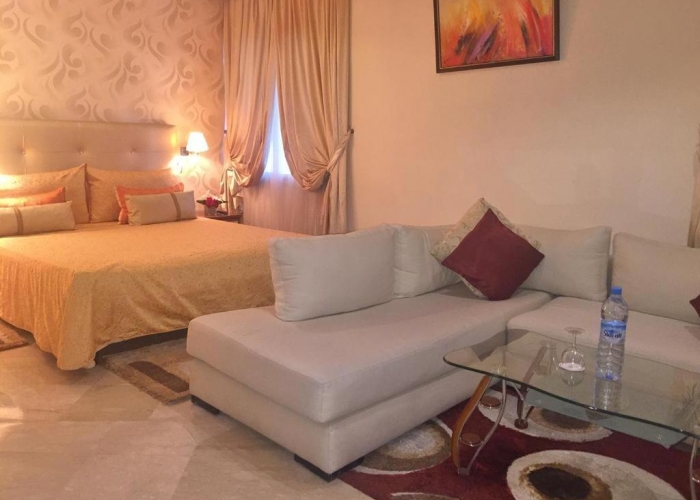
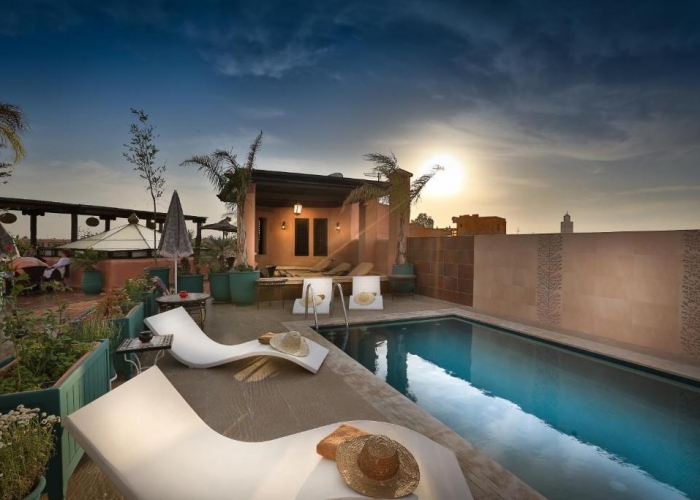
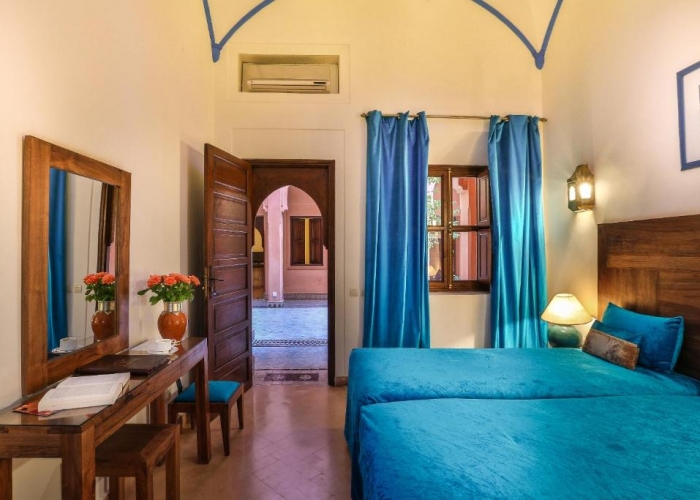
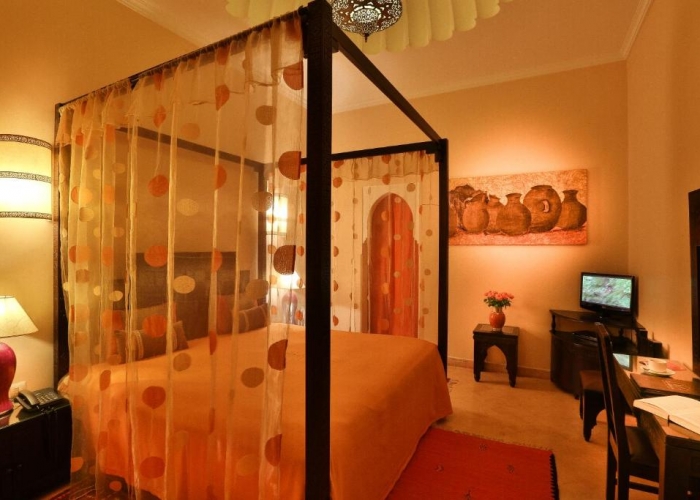
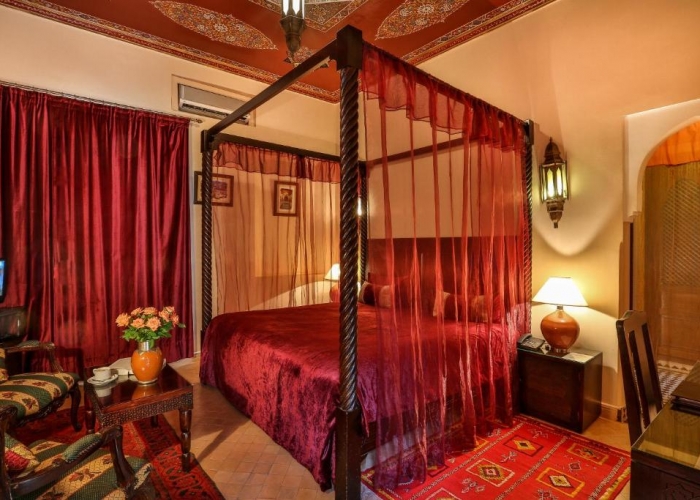
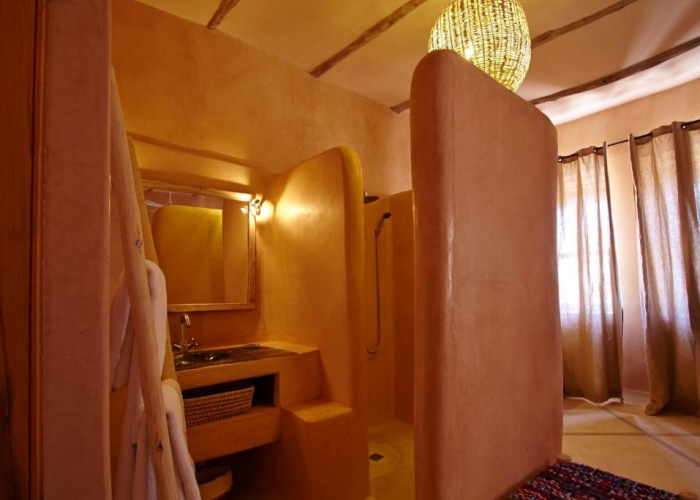
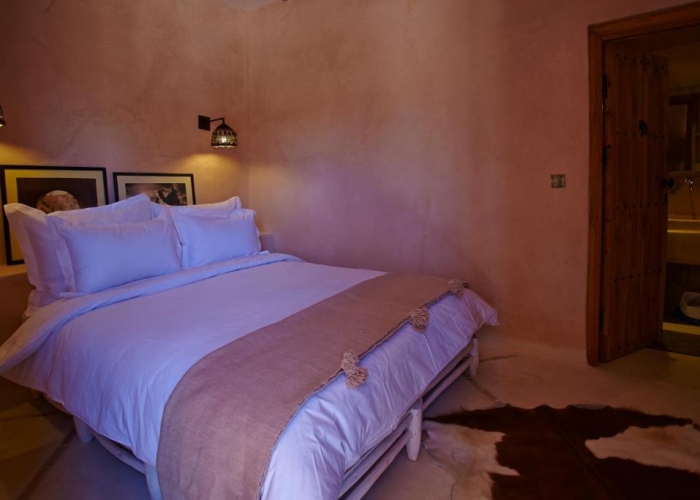
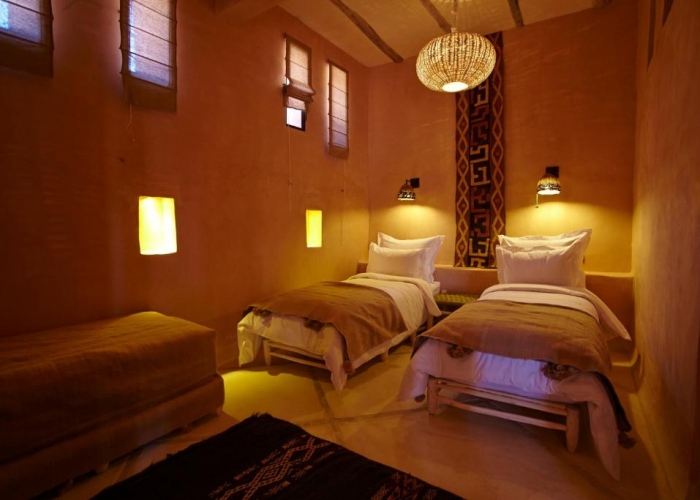
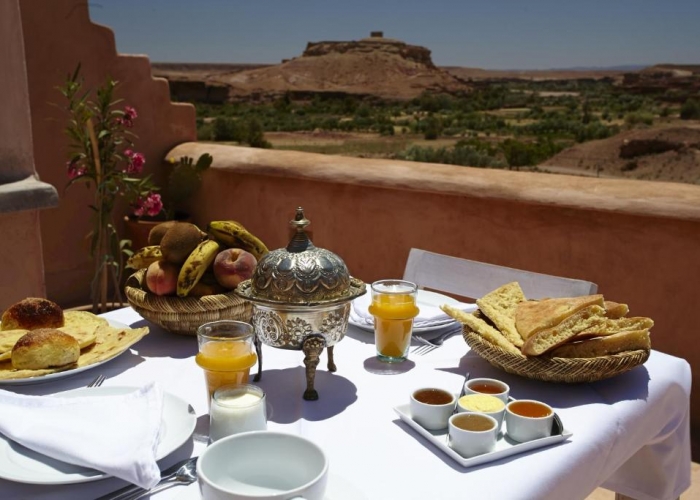
Located in the Ounila Valley, a 10-minute walk from the fortified village of Ait Benhaddou, Caravane offers a Berber lounge with a TV and iPod docking station, an outdoor swimming pool and 2 terraces.
Decorated in a Kasbah-style, the air-conditioned rooms at Caravane feature a wardrobe, and the private bathrooms are complete with a shower and toilet.
The restaurant serves a variety of regional specialties, and Cravane can organize excursions in the surrounding area.
The guest house is 21 mi from Ouarzazate. Wi-Fi is free of charge in the entire property.
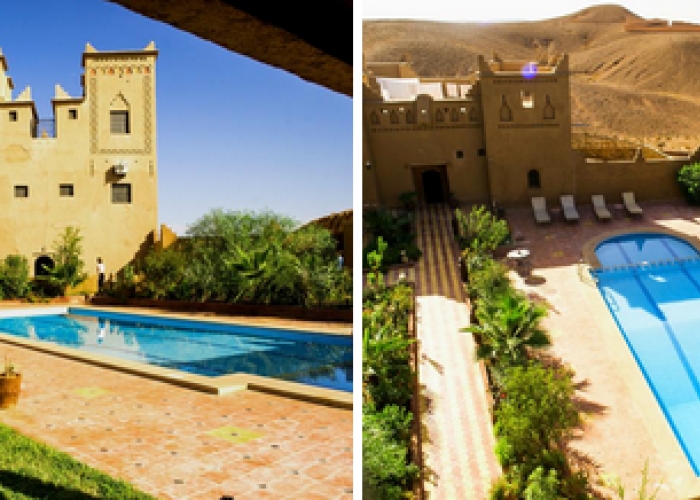
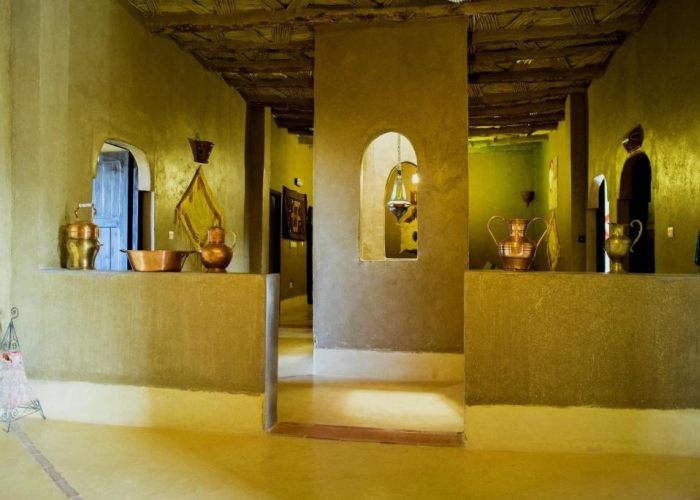
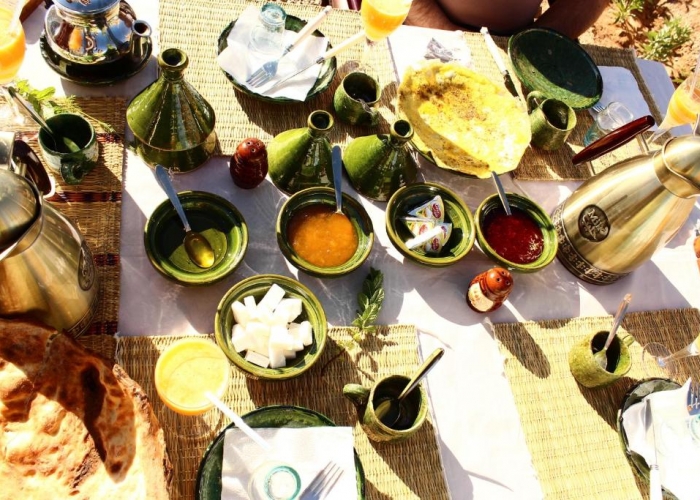
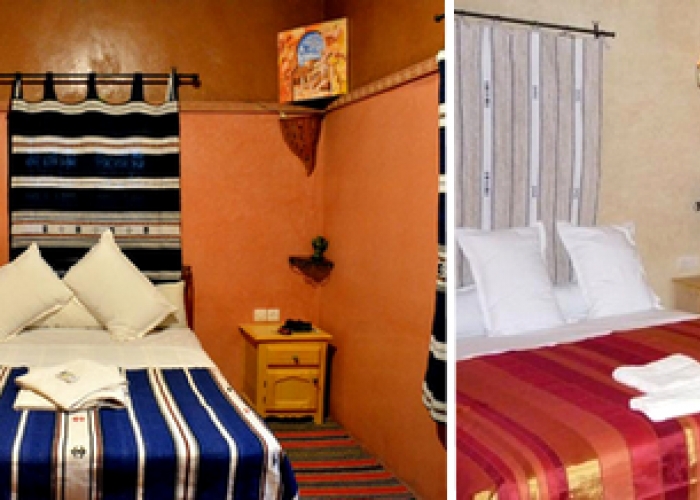
Set in Ouarzazate, Riad offers Moroccan, Berber design, in the heart of the Skoura palm grove. It has a garden, a seasonal and several terraces with seating area.
The air-conditioned guest rooms offer mountain views and are equipped with a TV, a wardrobe and an en suite bathroom with shower. Guests can relax by the fireplace in the common room.
At Ait Ben Hada, breakfast can be served in the comfort of guest rooms or on the terrace. Guests can also ask for room service or sample Moroccan and Mediterranean cuisine at the hotel’s restaurant.
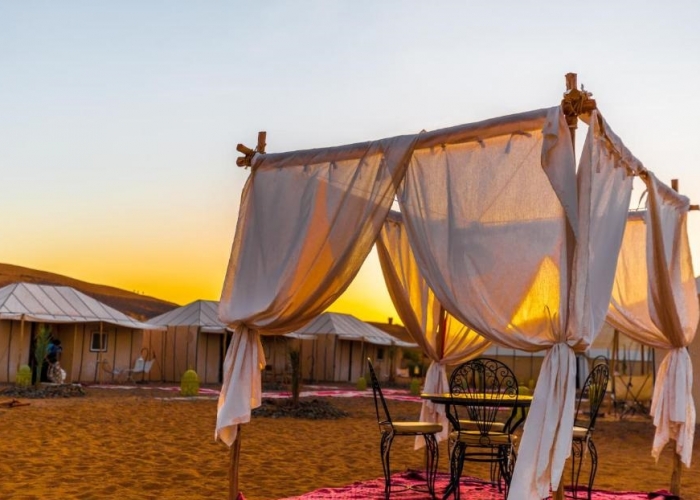
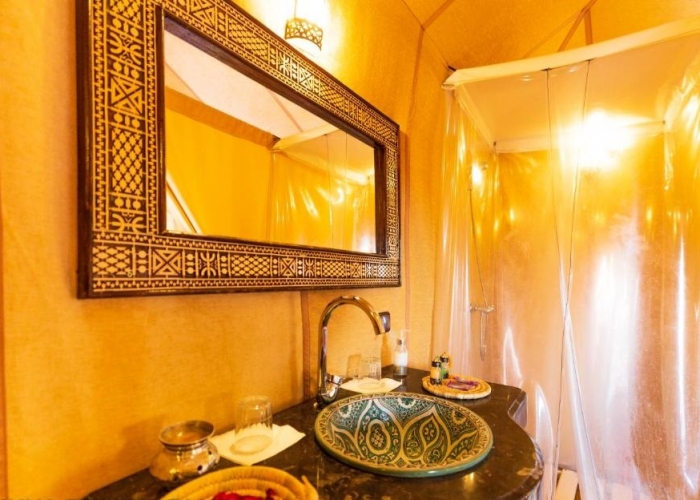
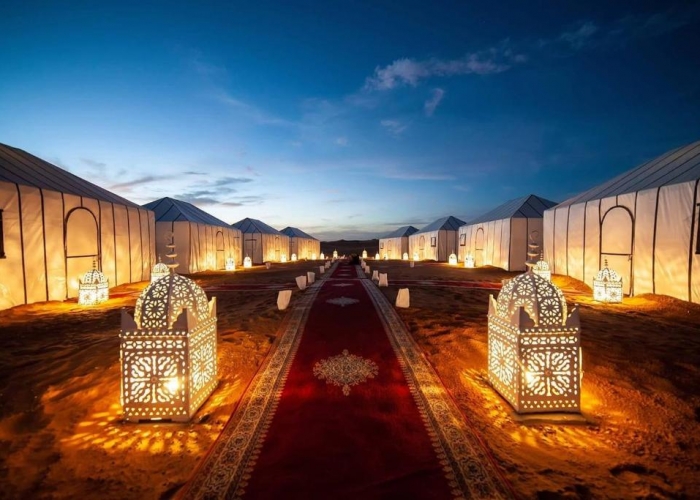
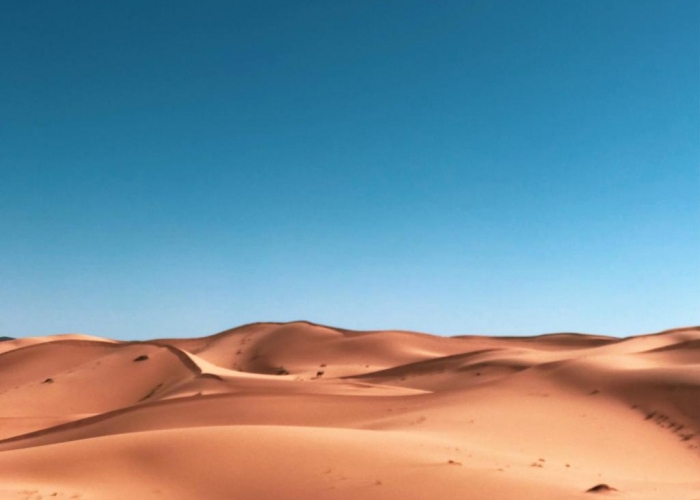
With garden views, Desert Luxury Camp is located in Merzouga and has a restaurant, a 24-hour front desk, bar, garden, grill and sun terrace. The luxury tent features both WiFi and private parking free of charge.
There's a private bathroom with bidet in some units, along with bathrobes, slippers and free toiletries.
Desert Luxury Camp offers a continental or à la carte breakfast
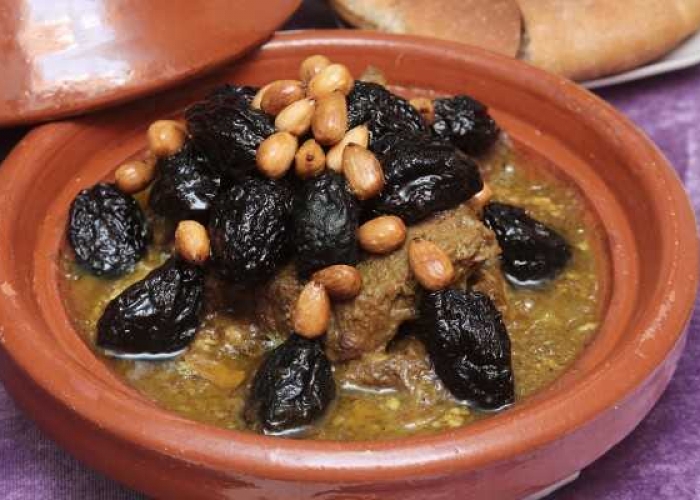
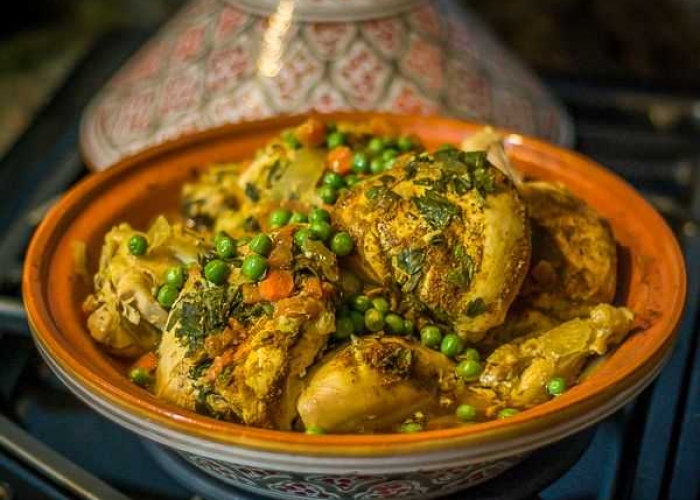

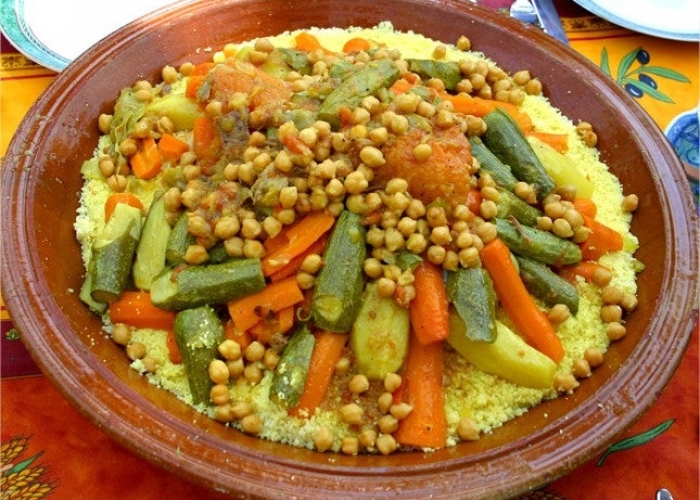
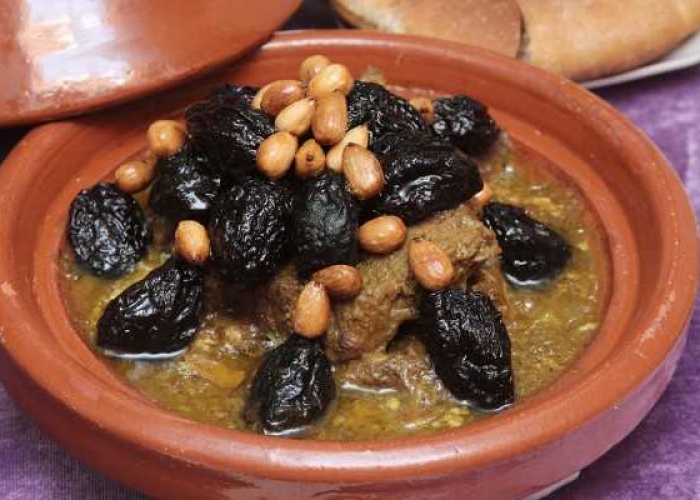

Traditional Dishes
One of the most striking features of
Moroccan cooking is the quality and fquality and freshnes
hormones or preservatives. Animals
are slaughtered just hours before they are este The meat you are offered will generally be mutton, not lamb. Market vegetables whave been gathered that morning. Spices, herbs, fresh fruit, nuts and dried fruthae an invigorating vitality completely removed from the packaged and imported products available in much of Europe and North America.
lo encourage you, here are
explanations of some of the most common and popular Moroccan traditional dishes (for details of Arab and French pronunciation,see Language,
Harira: a thick soup of chick peas, lentils and haricot beans often
flavoured witn mutton or chicken, lemon and tarragon.mutton or chicken, lemon and tarragon.
Brochettes: Grilled kebabs of mutton, liver and fat.
Kefta: Spicy meatballs made of minced mutton and offal, often served in
a n
Pastilla/bastilla: A pie made up of multiple layers of flaky pastry filled With y
chopped pigeon meat, eggs, almonds
and spices. Chicken or fish may be used instead
Tagine: Along with couscous, this is the most universal of Moroccan dishes
-
slowly simmered stew,cooked in its
own juices in an earthenware bowl with a distinctive conical lid. The tagine
provides the foundation for using a whole spectrum
of ingredients, spices and styles.
The most popular variants found on most menus
alone with prunes); tagine de
poisson (bream or sardine stew cooked with tomatoe and herbs); tagine de lapin (rabbit stew); and tagine de poulet aux olives et citron
(a delicious chicken stew cooked
With lemon and olives). The lemon gives a deliciou bitter zest to the meat.
Mechoui: Lamb roasted whole on a spit or baked in a special oven. This
delicate and fragrant meat, far removed1 from the usual mutton, is eaten with bread. It is, howevel
an elaborate luxury which is often
only available if ordered well in advance.
Couscous: This dish is made from half-baked flour which is then ground into
unlikely to be found at its best. It
is usually accompanied by sept légumes (seven steamed vegetables) with the odd lump of mutton. It can also be served as a pudding
with sugar, cinnamon and rich, warm
goat's milk.
Cornes de gazelle: Croissant-like
pastries filled with honey and almonds.
Travelers from the US only are required to have a valid US Passport – but it must NOT be due to expire within 6 months of your return flight.
Your flight destination will be Marrakech Menara International Airport (RAK) / Casablanca Mohammed V International Airport. Royal Air Maroc is the only airline that has direct flights from the US to Morocco, from both JFK and Washington Dulles.
You can also book flights traveling through major European airports, as there are many connecting flights to Marrakech through economy airlines such as Ryan Air, Easyjet, Iberia, etc. We’ve found that it is easier to find good connecting flights on the way to Marrakech than on the return, but you can take the opportunity to end your trip with a day or two stop in Spain, France, Portugal, England….
Immunizations are not required or necessary but check here for CDC recommendations.
What To Wear
Weather is predictably unpredictable so be sure to check on the estimated conditions the week before you travel. Even though Marrakech can be quite warm by day, it is usually quite cooler at night so pack light clothes that you can layer. We recommend cotton pants, long skirts, wraps or large scarves over tank and tee shirts, and a sweater or light jacket for chilly nights.
Your most important fashion asset: comfortable shoes for traversing the Medina on sightseeing and shopping adventures!
Morocco is a Muslim country and women generally dress more modestly than in the US or Europe. Like elsewhere, dress codes are gradually becoming more lax and there is a lot of tolerance for tourists, but wearing clothing that covers your best “assets”, and that your grandmother would approve of, shows cultural respect, good taste, and common sense.
Money ExchangeThe currency here is the Moroccan Dirham, and the exchange rate usually hovers these days around 10 Dirhams/1 Dollar. You CANNOT exchange for Dirhams outside of Morocco, but there are several currency exchange booths in the airport when you exit Passport Control and also located all around the Medina. Larger stores and restaurants may take Euros, but it’s really best to have dirhams.
If you bring large bills ($100) to exchange be sure that they are newer bills with holograms. Otherwise they will slide them back to you with a shake of their head.
Another good option for padding your wallet with dirhams is to use the ATM machines which are located around the medina. The exchange rate is a little better, especially if your bank or credit card doesn’t add foreign transaction fees (some homework for you). Be sure to notify your bank of your foreign travel destination so they don’t flag you for fraud. I also recommend that you bring 2 or 3 cards-just in case you still get flagged (happens!) and find too many things you just can’t live without.
Guest House
Free Wifi access in all rooms and common areas
Bedside Mineral Water
Hair Dryers
One-time complimentary laundry service for retreat weeks
Extra items you should pack:
Each country has its own history: historical facts, events and important milestones that gave the country its true historical value. The history of a country is one of the events considered worthy of remembrance, which perfectly applies to Morocco. With several dynasties that have succeeded one another over the years: the Idrisside dynasty, the Almoravid dynasty, the Almohad dynasty, the Merinid dynasty, the Saadian dynasty and the Alaouite dynasty, Morocco has gained international consideration as a multicultural country, with several types of heritage recognized as World Heritage by UNESCO. Morocco is one of the go-to destinations for discovery lovers, the most fascinated by nature, history, the art of living and Moroccan hospitality. The experience gained during their journeys in Morocco leave them pleasantly satisfied with their stay.
When we receive your deposit we will email you to confirm your reservation and payment.
Once the retreat becomes guaranteed (minimum number of registrants met) we will contact you to confirm your reservation and arrange payment of the balance for the retreat if only the deposit was paid at registration.
If for any reason the retreat does not become guaranteed, you will be refunded any funds paid (deposit or total amount).
A deposit is required to the teacher :
Exchange with the Instructor

